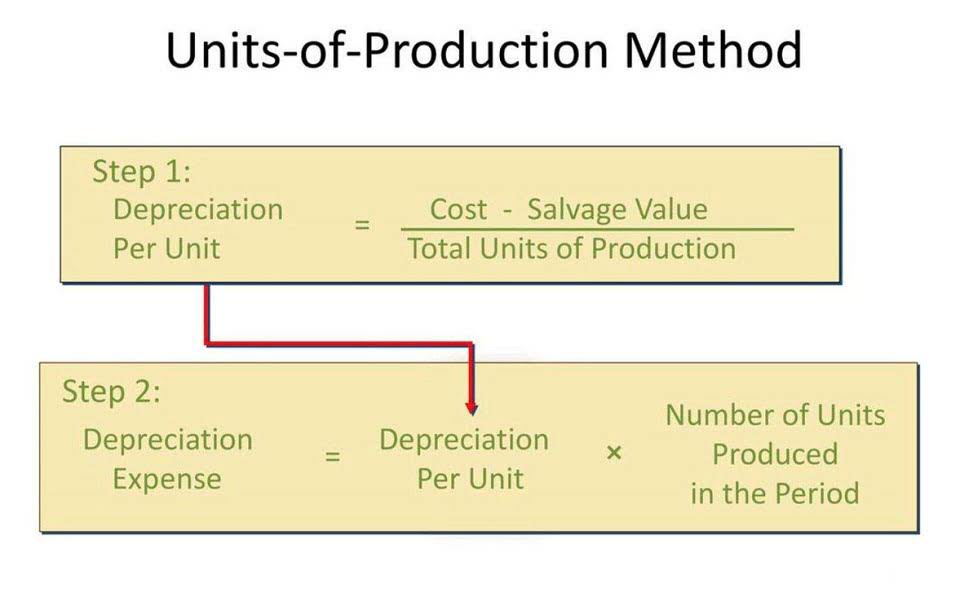
Under UK GAAP, firms had the option to capitalise or expense development expenditures; under IFRS, development expenditures must be capitalised. R&D projects often rely on intellectual property—licensed technologies, drug compounds, or in-process development rights acquired from third parties. One of the more nuanced areas involves tangible assets like test equipment, supplies, and pilot plants. The accounting treatment hinges on whether those assets have what’s referred to as alternative future use. ASC 730 differentiates between research and development, but both fall under the same accounting treatment—expense as incurred. As the non-refundable R&DTI is only available as a reduction in an entity’s current or future tax liability, many entities view this as being more akin to an income tax and therefore apply AASB 112 by analogy.
From hours to outcomes: How alternative pricing models are redefining tax firm profitability
Debt-to-equity ratio is another financial metric influenced by R&D accounting practices. Capitalizing R&D costs increases the equity base, potentially lowering the debt-to-equity ratio and presenting a stronger balance sheet. This can be advantageous for companies seeking to raise capital r&d accounting or negotiate better terms with creditors.

Breaking Down R&D Costs: Expense, Capitalize, and Everything In Between
This uncertainty can pertain to the method of achieving the desired result, the capability of the product or process, or the appropriate design. Paul Zarowin is professor of accounting at New York University’s Stern School of Business. He has won numerous research awards, including the New York University Presidential Fellowship, the Peat Marwick National Research Fellowship, and the Glucksman Institute Fellowship. Professor Zarowin’s research focuses on the relation between stock market prices and financial accounting data. He has studied how and why this relation varies over time and across firms, and how factors such as firms, regulators, and the economic environment affect the relation. In some cases, nonrefundable advance payments are made for future R&D services.
Simulate Real-World Business Challenges
- This April, the merged scheme will become the primary R&D tax credit scheme, so it’s essential that you understand the accounting treatments for existing and future claims.
- Paul Zarowin is professor of accounting at New York University’s Stern School of Business.
- In this case, its depreciation becomes part of the R&D cost in periods when the asset is actually used in R&D.
- These rules are designed to prevent profit shifting and ensure that R&D expenses are allocated appropriately across jurisdictions.
- In these innovation-heavy sectors, research and development is not just a cost—it’s the core of the business model.
In the U.S., IRC Section 41 outlines qualifying activities, such as developing new or improved products or software. Explore how R&D accounting choices affect financial statements, tax credits, and cost allocation strategies. Detailed disclosures about R&D activities, including the nature and scope of projects, the amount of expenditure, and the expected benefits, https://felixbamirin.com/index.php/2022/10/04/do-you-close-retained-earnings-at-year-end-how-the/ provide valuable insights to investors and other stakeholders. This transparency helps build trust and confidence in the company’s strategic direction and its commitment to innovation.
- This aligns with the nature of R&D activities, which often involve significant upfront costs with the expectation of future returns through new products, processes, or technologies.
- When expenses are spread out over time, it’s simpler to take on other projects due to the reduction in upfront R&D costs.
- This approach can also offer tax planning advantages, as it may align with tax regulations that allow for faster deduction of expenses, thereby reducing taxable income in the early years of the asset’s life.
- Similarly, building out manufacturing infrastructure or legal support around IP protection doesn’t qualify, even if tightly linked to a development project.
- These tools help ensure compliance with accounting standards and provide transparency in financial reporting.
If you’re claiming for 1 to 3 projects
- Software development costs have specific guidance; costs incurred before technological feasibility is established are expensed, while some costs after this point may be capitalized.
- From an accounting perspective, research and development activities aim to gain new scientific or technical knowledge, or to apply such knowledge to create new or significantly improved offerings.
- This reclassification can result in higher reported operating cash flows, which are often scrutinized by analysts as a measure of a company’s operational efficiency and liquidity.
- As a general principle under IFRS Accounting Standards, the acquired IPR&D is capitalized, regardless of whether the transaction is a business combination.
As a result, three options have emerged for the treatment of the non-refundable R&DTI. A well-structured allocation methodology ensures compliance with accounting standards and supports internal decision-making. By analyzing the cost structure, management can make informed decisions about continuing or discontinuing projects. Amortizing R&D costs aligns financial reporting with tax planning by spreading expenses over a defined period. The Tax Cuts and Jobs Act mandates this amortization over five years for domestic research and fifteen years for foreign research starting in 2022.

What Are R&D Costs and How Are They Accounted For?

The FASB is currently exploring this area through its research project on Outsource Invoicing the recognition of intangibles, which includes a focus on internally generated intangible assets—particularly R&D. Accounting for R&D costs is just one part of the equation—disclosing them effectively is equally critical. Under U.S. GAAP and SEC requirements, companies must provide transparent, decision-useful information about their R&D activities and related funding arrangements.

This can include setting up a separate R&D department, hiring talent, and product and service testing. There are business incubators and accelerators where corporations invest in startups and provide funding assistance and guidance to entrepreneurs. Companies that set up and employ departments that are dedicated entirely to R&D commit substantial capital to the effort. They must estimate the risk-adjusted return on their R&D expenditures which inevitably involves risk of capital.

